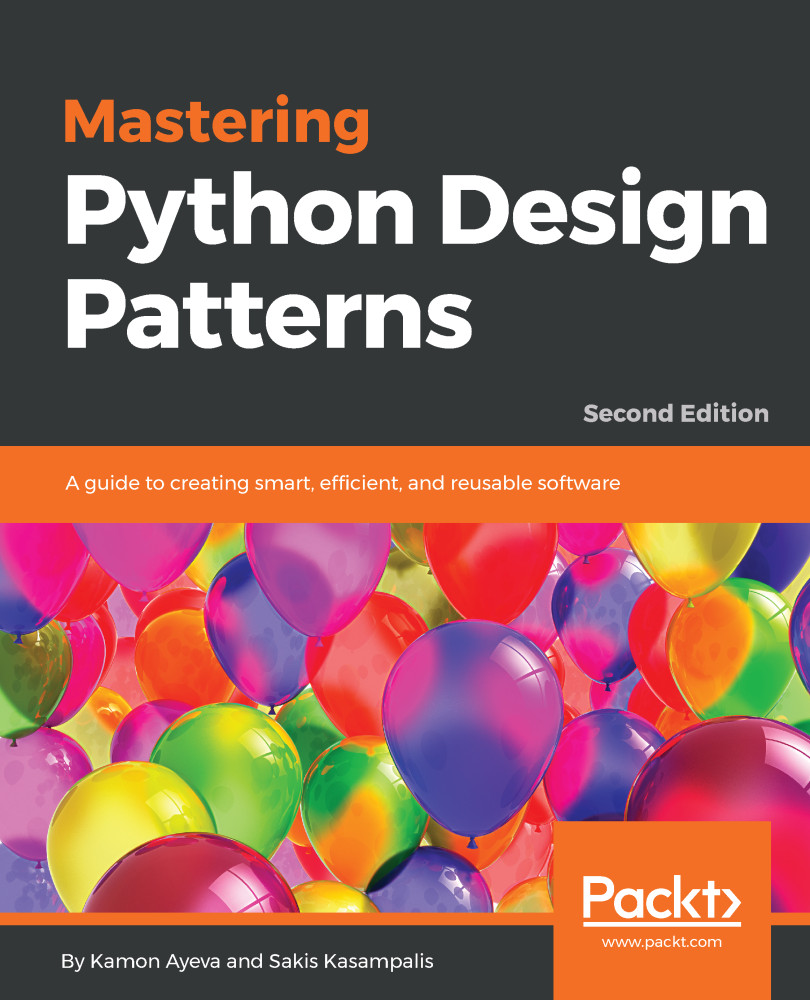The most usual reason to use the façade pattern is for providing a single, simple entry point to a complex system. By introducing façade, the client code can use a system by simply calling a single method/function. At the same time, the internal system does not lose any functionality, it just encapsulates it.
Not exposing the internal functionality of a system to the client code gives us an extra benefit: we can introduce changes to the system, but the client code remains unaware of and unaffected by the changes. No modifications are required to the client code.
Façade is also useful if you have more than one layer in your system. You can introduce one façade entry point per layer, and let all layers communicate with each other through their façades. That promotes loose coupling and keeps the layers as independent as possible.



